
IDC has cut its forecast for global IT spending for the fifth month in a row
- Categories:Industry News
- Time of issue:2023-04-11
(Summary description)Last Wednesday, IDC cut its 2023 global IT spending forecast for the fifth month in a row, as tech investment continues to show the impact of a weak economy. In its latest monthly forecast for global IT spending growth, IDC 25G SFP28 SR expects overall growth of 4.4 percent to $3.25 trillion this year. Last month, IDC forecast growth of 4.5%; In October 2022, it forecast growth of 6.0 per cent. "Since Q4, we have seen clear and measurable signs of a modest pullback in IT spending in some areas," said Stephen Minton, vice president of IDC's Data and analytics research group. Tech spending remains resilient compared to historical recessions and other types of business spending, but rising interest rates are now impacting capital spending." A month after cutting its forecast for PCS, IDC 25G SFP28 SR has now cut its forecast for a number of other hardware categories, including servers, wearables and peripherals. Corporate buyers have lowered their forecasts for internal infrastructure investment, while cloud and service provider deployments remain more resilient overall. Spending by service providers is still down from last year's highs as the industry adjusts to slower growth after the coronavirus pandemic, but planned investments by cloud and super-scale providers have remained largely unchanged since last month. While strong demand for cloud services continues to drive growth in the face of inflationary pressures, non-cloud spending will decline. Minton said, "The most significant impact is still in the consumer market, where IT spending is expected to fall by 2 percent this year. This would be the second year in a row that consumer tech spending has declined, a big change from the 18 percent consumer growth seen in 2021. On the other hand, enterprise demand for cloud and digital transformation remains strong despite economic headwinds." Minton added, Resellers, who still make most of their revenue from in-house infrastructure and PCS, will face tough market conditions this year. At the same time, cloud infrastructure, software and services are growing at a slower pace than a year ago, but still account for a larger share of total IT spending and are adding to the general resilience the industry still enjoys."
IDC has cut its forecast for global IT spending for the fifth month in a row
(Summary description)Last Wednesday, IDC cut its 2023 global IT spending forecast for the fifth month in a row, as tech investment continues to show the impact of a weak economy. In its latest monthly forecast for global IT spending growth, IDC 25G SFP28 SR expects overall growth of 4.4 percent to $3.25 trillion this year. Last month, IDC forecast growth of 4.5%; In October 2022, it forecast growth of 6.0 per cent.
"Since Q4, we have seen clear and measurable signs of a modest pullback in IT spending in some areas," said Stephen Minton, vice president of IDC's Data and analytics research group. Tech spending remains resilient compared to historical recessions and other types of business spending, but rising interest rates are now impacting capital spending."
A month after cutting its forecast for PCS, IDC 25G SFP28 SR has now cut its forecast for a number of other hardware categories, including servers, wearables and peripherals. Corporate buyers have lowered their forecasts for internal infrastructure investment, while cloud and service provider deployments remain more resilient overall.
Spending by service providers is still down from last year's highs as the industry adjusts to slower growth after the coronavirus pandemic, but planned investments by cloud and super-scale providers have remained largely unchanged since last month. While strong demand for cloud services continues to drive growth in the face of inflationary pressures, non-cloud spending will decline.
Minton said, "The most significant impact is still in the consumer market, where IT spending is expected to fall by 2 percent this year. This would be the second year in a row that consumer tech spending has declined, a big change from the 18 percent consumer growth seen in 2021. On the other hand, enterprise demand for cloud and digital transformation remains strong despite economic headwinds."
Minton added, Resellers, who still make most of their revenue from in-house infrastructure and PCS, will face tough market conditions this year. At the same time, cloud infrastructure, software and services are growing at a slower pace than a year ago, but still account for a larger share of total IT spending and are adding to the general resilience the industry still enjoys."
- Categories:Industry News
- Time of issue:2023-04-11
- Views:
Last Wednesday, IDC cut its 2023 global IT spending forecast for the fifth month in a row, as tech investment continues to show the impact of a weak economy. In its latest monthly forecast for global IT spending growth, IDC 25G SFP28 SR expects overall growth of 4.4 percent to $3.25 trillion this year. Last month, IDC forecast growth of 4.5%; In October 2022, it forecast growth of 6.0 per cent.
"Since Q4, we have seen clear and measurable signs of a modest pullback in IT spending in some areas," said Stephen Minton, vice president of IDC's Data and analytics research group. Tech spending remains resilient compared to historical recessions and other types of business spending, but rising interest rates are now impacting capital spending."
A month after cutting its forecast for PCS, IDC 25G SFP28 SR has now cut its forecast for a number of other hardware categories, including servers, wearables and peripherals. Corporate buyers have lowered their forecasts for internal infrastructure investment, while cloud and service provider deployments remain more resilient overall.
Spending by service providers is still down from last year's highs as the industry adjusts to slower growth after the coronavirus pandemic, but planned investments by cloud and super-scale providers have remained largely unchanged since last month. While strong demand for cloud services continues to drive growth in the face of inflationary pressures, non-cloud spending will decline.
Minton said, "The most significant impact is still in the consumer market, where IT spending is expected to fall by 2 percent this year. This would be the second year in a row that consumer tech spending has declined, a big change from the 18 percent consumer growth seen in 2021. On the other hand, enterprise demand for cloud and digital transformation remains strong despite economic headwinds."
Minton added, Resellers, who still make most of their revenue from in-house infrastructure and PCS, will face tough market conditions this year. At the same time, cloud infrastructure, software and services are growing at a slower pace than a year ago, but still account for a larger share of total IT spending and are adding to the general resilience the industry still enjoys."
Scan the QR code to read on your phone
Related
-
New products | Sunstar announced: 50G PON three-mode combo OLT miniaturized optical device for SFP and QSFP packages
With the popularization of gigabit broadband, 10G PON has entered the stage of large-scale deployment. At the same time, the industry is also laying out 50G PON to prepare for the 10-gigabit era. Compared with 10G PON, the 50G PON standard provides five times more access bandwidth and better service support capabilities (large bandwidth, low latency, and high reliability). At the same time, for operators, the biggest problem facing the commercial use of 50G PON is the problem of multi-generation coexistence. ITU-T standards provide different options for the differentiated deployment of global operators. GPON region, G.9804.1 Amd2 and G.9805 offer 2 classes /5 options; EPON area, provides 2 types /4 options. From this point of view, multi-generation coexistence is an inevitable choice in the continuous evolution of the next generation PON. Sunstar Communication Technology Co.,Ltd.released 50G PON three-mode Combo OLT miniaturized optical device, which is MPM (built-in combined wave) 3-generation wave division mode coexistence, that is, G/XG(S)/50G three-mode MPM. The advantage of this solution is that the traditional gateway devices can be reused without changing or upgrading the user side, and the upgrade process can be optimized, equipment occupation and equipment room space can be saved, and energy consumption can be reduced. This three-mode Combo OLT miniaturized optical device uses a novel optical path design and a miniaturized TO-CAN package solution, and uses the technology accumulation and quality control of Sunstar Company in the field of coaxial packaging for many years, combining precision manufacturing, multi-wavelength spectrographic design and various types of TO-CAN package technology perfectly together. The 50G PON three-mode Combo OLT compact optical device of Sunstar Company is characterized by small size, high coupling efficiency, high structural reliability and strong manufacturability in mass production. The most critical is that its optimized optical path design and special packaging process ensure the upstream three-wavelength splitting, especially the isolation index of 50G PON upstream wavelength and GPON upstream wavelength, that is, the isolation degree of 1286±2nm and 1310±20nm edge wavelength; And take into account the high coupling efficiency of the downgoing three-way emitting laser to ensure the best output optical power index. This optical device is fully suitable for SFP and QSFP module packages, helping the access network to smoothly evolve to 50G PON. The 49th Optical Networking and Communications Symposium and Expo (OFC 2024) will be held from March 26 to 28, 2024 at the San Diego Convention Center, California, USA. The company will bring 10G PON OLT, 25G PON OLT, 50G PON OLT three-mode, 400G ER4 TOSA & ROSA, 800G DR8 optical module and a full range of AOC optical module solutions to the exhibition, welcome to visit the #3841 booth. About Sunstar Founded in 2001, Sunstar Communication Technology Co.,Ltd. focuses on the design, development, manufacturing, sales and technical support services of Optical Transceiver (OSA). After 20 years of technology accumulation and development, the formation of optical path, mechanical structure, high frequency simulation, thermal simulation, circuit, FPC soft board, IT software automation and other core technology design platform, and with precision machining, passive components, SMT, TO-CAN, OSA optical devices, COB, BOX, optical module the whole industry chain production and manufacturing capabilities. The company operates in China, North America, Europe, and Southeast Asia, and is also a subsidiary of the world's leading provider of optical fiber, cable and integrated solutions,YOFC Optical Fiber and Cable Co., LTD. - OFC2024 | Sunstar sincerely invites you to visit #3841 for negotiation and guidance 03-22
- Sunstar Combo 50G & XGS & GPON OLT QSFP-DD light module won the 2023 ICC "Excellent Technology Award" 01-10
- Tel:86-(0)28-87988088
- Fax:86-(0)28-87988568
- Address:4F.,Blog.D1,Mould lndustrial Park West High-tech Zone,Chengdu,Sichuan,P.R.C
Sunstar Communication Technology Co.,Ltd
Copyright © 2020 Sunstar Communication Technology Co.,Ltd All Rights Reserved 蜀ICP备19023203号-1




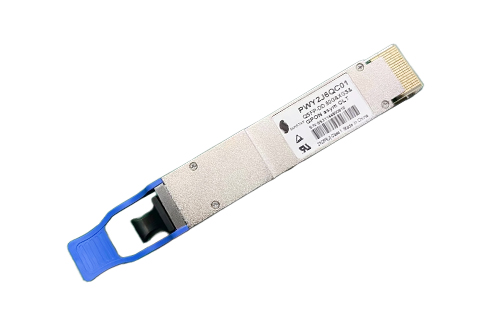
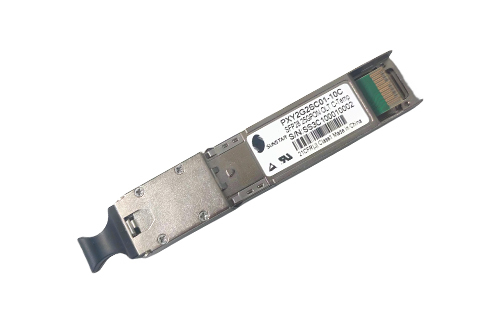


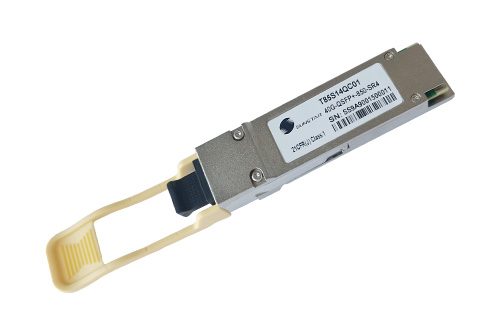


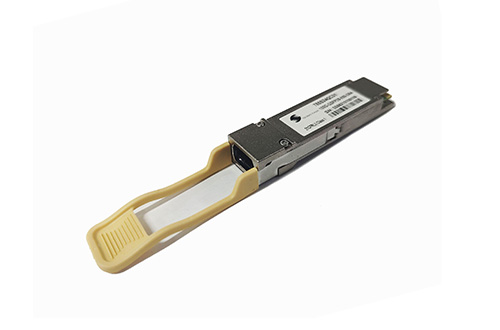
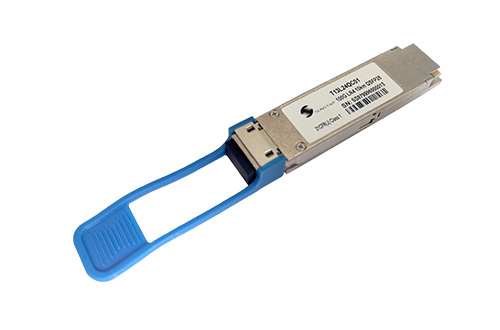
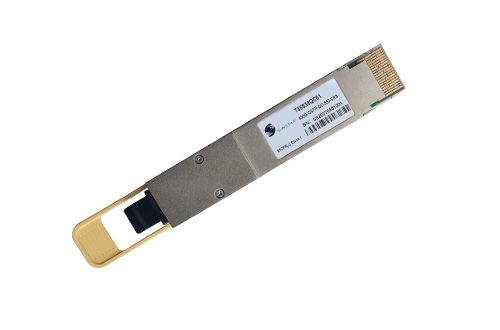
 Scan code
Scan code


